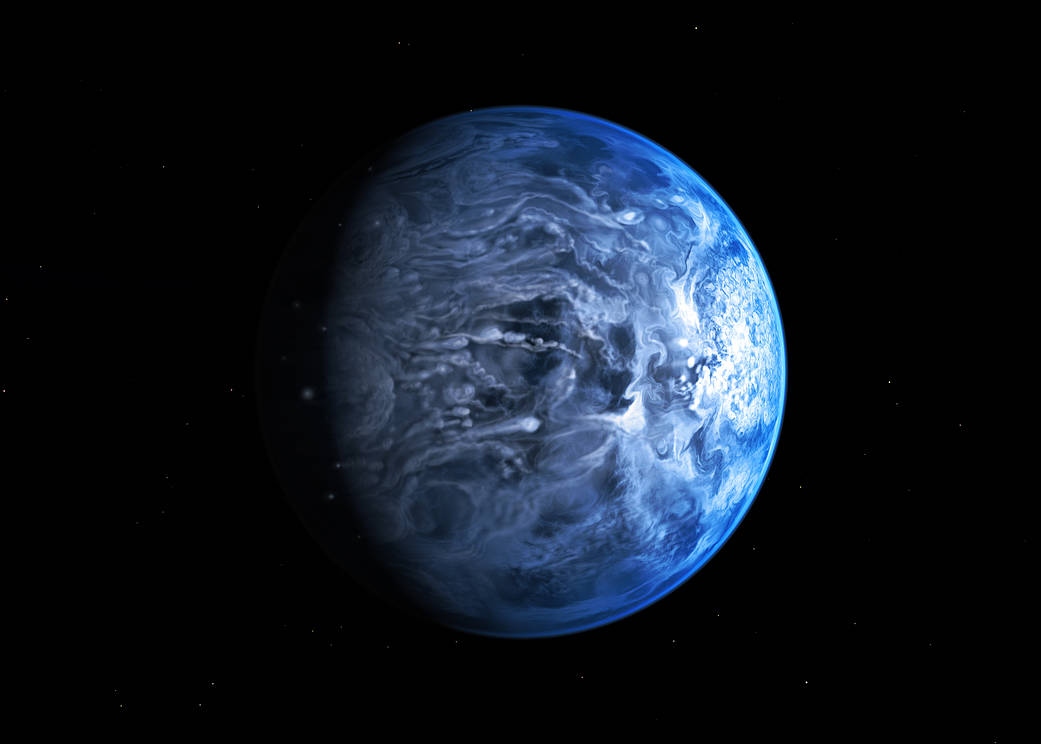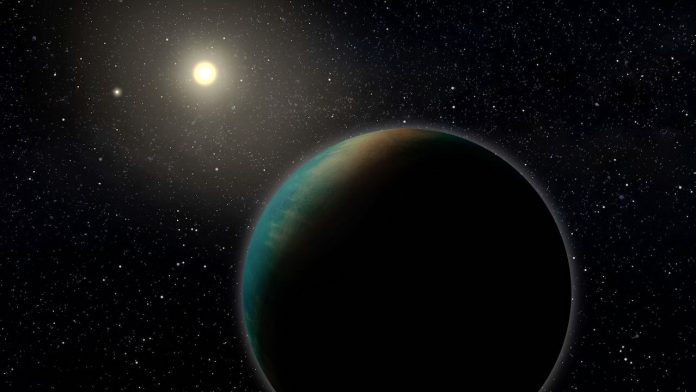Scientists have discovered two ‘super Earth’ type planets about 100 light-years from our Earth where 1 year is 8.5 days
Two planets discovered by a team of international scientists have been observed to be orbiting a small, cool star called TOI-4306 or SPECULOOS-2.
Published in the journal Astronomy & Astrophysics, the study led by astrophysicist Laetitia Delrez has revealed a planet around 30% bigger than the Earth that completes an orbit around its star in just 2.7 days.

Nasa’s Transiting Exoplanet Survey Satellite – TESS
The first planet, LP 890-9b or TOI-4306b was initially identified by Nasa’s Transiting Exoplanet Survey Satellite (TESS), a space mission dedicated to the search for exoplanets orbiting nearby stars.
Nasa’s TESS project was launched in 2018 and will survey 200,000 of the brightest stars near the sun to search for transiting exoplanets.
By using the ground-based telescope SPECULOOS telescopes (Search for habitable Planets EClipsing ULtra-cOOl Stars) the team have been able to confirm and characterise this planet, and also to probe the system in depth for other planets that might have been ‘missed’ by TESS.
‘TESS searches for exoplanets using the transit method, by monitoring the brightness of thousands of stars simultaneously, looking for slight dimmings that could be caused by planets passing in front of their stars,’ explained Delrez.
Observing stars and ‘super-Earths’ in high precision
In contrast, the telescopes of the SPECULOOS consortium are optimised to observe this type of star with high precision, thanks to cameras that are very sensitive in the near infrared.
The observations have not only helped to confirm the first planet but have also made it possible to detect a second, previously unknown one.

A new and habitable ‘super-Earth’?
Both planets rank in the top 10 candidates for atmospheric characterisation among all terrestrial exoplanets so far discovered, the team says. That places them in the same category as one of the most famous planetary systems: the seven roughly Earth-sized planets around a star called TRAPPIST-1. The TRAPPIST-1 worlds and several other rocky exoplanets are already on the list of observation targets for the Webb telescope.
The second ‘super-Earth’ planet explored by the team labelled, LP 890-9c or SPECULOOS-2c, is about 40% larger than the Earth but has a longer orbital period of about 8.5 days, placing it in a ‘habitable zone’ around its star.
‘Although this planet orbits very close to its star, at a distance about 10 times shorter than that of Mercury around our sun, the amount of stellar irradiation it receives is still low, and could allow the presence of liquid water on the planet’s surface, provided it has a sufficient atmosphere,’ said Francisco J. Pozuelos, one of the co-authors of the paper.
‘This is because the star LP 890-9 is about 6.5 times smaller than the sun and has a surface temperature half that of our star. This explains why LP 890-9c, despite being much closer to its star than the Earth is to the sun, could still have conditions that are suitable for life.’
Accroding to the researchers this planet and others like it are prime candidates for further research using the popular James Webb Space Telescope.












Si elle était accessible à tous , nous irons tous vivre là-bas pour vivre longtemps. Mais hélas
Whoa
Keep updating me on the latest sky universe evolution
Wow
Great, so how far is that planet from the sun, second to this, does it have water bodies?